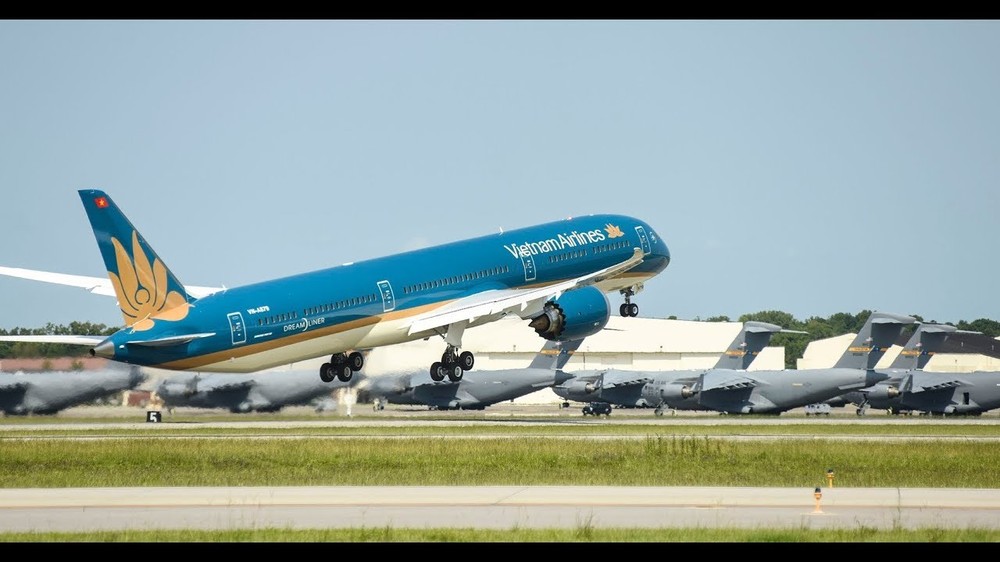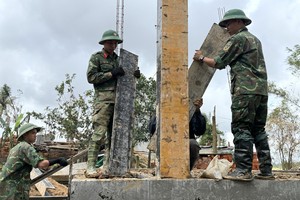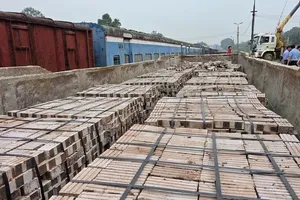
If each proposal was to be approved, there would be one airport every 100km across several Northern and Central regions in Vietnam, while the resources for traffic infrastructure are still scarce, experts pointed out.
Additionally, according to the Civil Aviation Authority of Vietnam (CAAV), only one-third of the 23 airports nationwide have been operating at full capacity and making profits, while the rest cost the national budget billions of Dong each year even before Covid-19 hit.
One reason for the slow traffic at airports is the lack of connecting routes between airports and neighboring cities and economic centers. Most localities have only focused on building airports to attract short-term investment without planning for efficient inter-connected infrastructure.
Although early planning is necessary to avoid future lack of land, it must be based on the overall national transport network and not just to have at least one airport in each locality since the requirement of each region differs.
For example, most developed countries have a high number of airports, but most are small-scaled and mainly reserved for private aircrafts, while most of the airports proposed for the National Master Plan are medium-sized and up. As a bargaining chip, they are also labeled “airports for both commercial and military purposes”.
Experts suggested the Ministry of Transport and CAAV carefully consider the proposals before executing the National Master Plan in a feasible and sustainable manner.
























